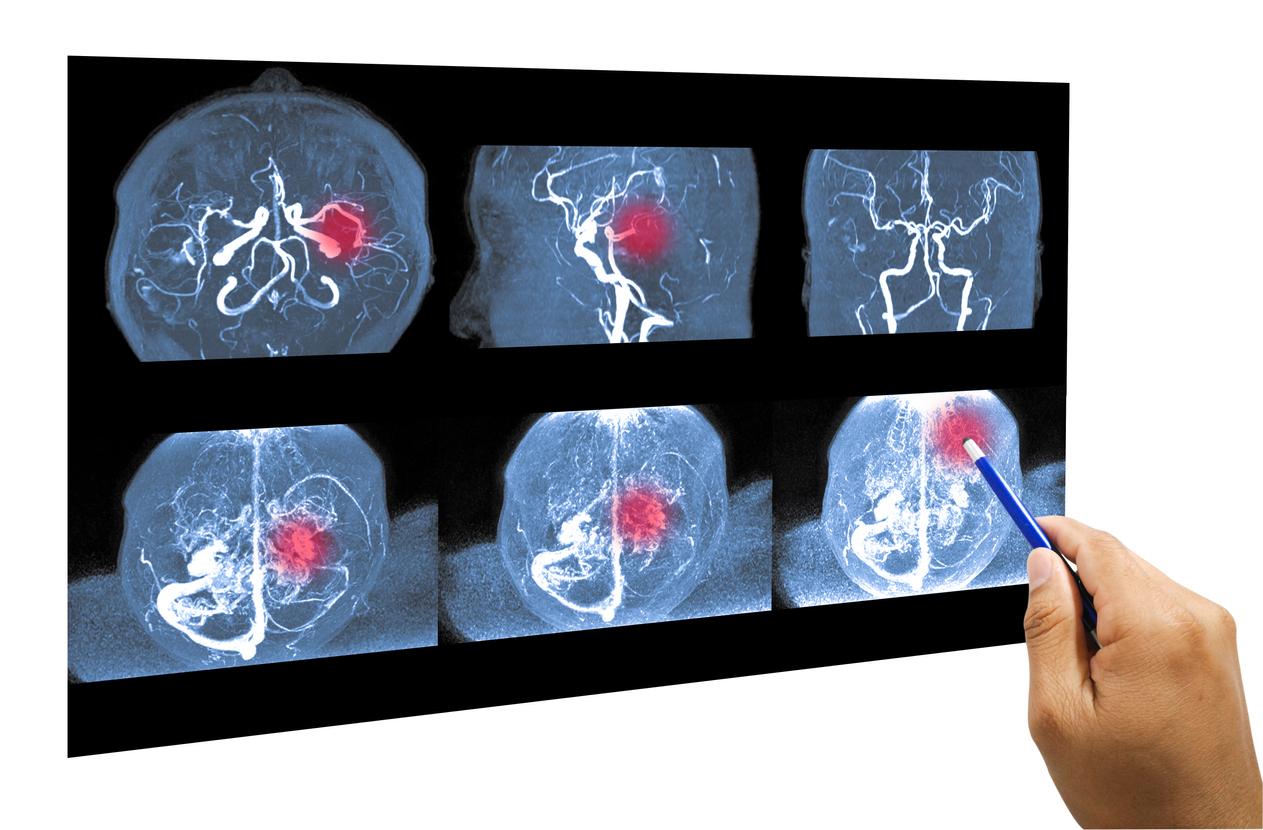Most arteries can be the site of an aneurysm (a dilation of the wall). When this dilation affects the abdominal aorta (most often between the renal arteries and the aortic bifurcation, at the level of the abdomen) it causes an increase in the fragility of the aortic wall to the point of being able to rupture and lead to death.
Main risk factor: tobacco
In France, it is estimated that 6,000 people die from it each year. There are many risk factors: having a family history of abdominal aortic aneurysm (AAA), having cardiovascular disorders and in particular atherosclerosis or hypertension. But the main risk factor is smoking.
“The correlation between smoking (current or former) and the discovery of an AAA is all the higher as the duration of smoking or the consumption (in number of cigarettes / day) are high” underlines the High Authority of Health ( HAS). The latter therefore recommends that doctors offer screening to men between 65 and 75 years old who are smokers or who have been smokers, as well as to men between 50 and 75 years old with a family history. Because in the event of a ruptured aorta, the risk of death is 80%.
Few warning symptoms
This screening is all the more important as the aneurysm of the abdominal aorta evolves silently, hence the nickname given to it by the Americans of “silent and instant killer”. It aims to detect AAA, in the population at risk, before rupture. Studies have indeed shown that it reduces aortic mortality by 45%.
The screening and diagnostic confirmation examination is Doppler ultrasound. It is a rapid, non-invasive (therefore well tolerated) and particularly efficient examination. It allows you to measure the maximum diameter of the aorta, but also to look for other aneurysms that may be associated with the abdominal aortic aneurysm (AAA).
And in the event of a positive screening?
If the screening shows a dilation of the aortic artery between 30 and 50 mm, the doctor will propose a regular follow-up in order to monitor its evolution and its possible growth. At the same time it will decrease the risk by:
– offering help with smoking cessation
– normalizing blood pressure
– controlling diabetes and / or cholesterol
– stabilizing a possible chronic obstructive pulmonary disease (COPD)
– reducing overweight.
On the other hand, if the diameter of the artery exceeds 50 mm, or if its growth is greater than 10 mm per year, the doctor offers surgical management. The choice of treatment (open or endovascular surgery) is then made according to the size and morphology of the aneurysm and the patient’s risk factors.
Read also :
Aneurysm rupture: eating fruit lowers the risk
Aneurysm: smokers more at risk

















